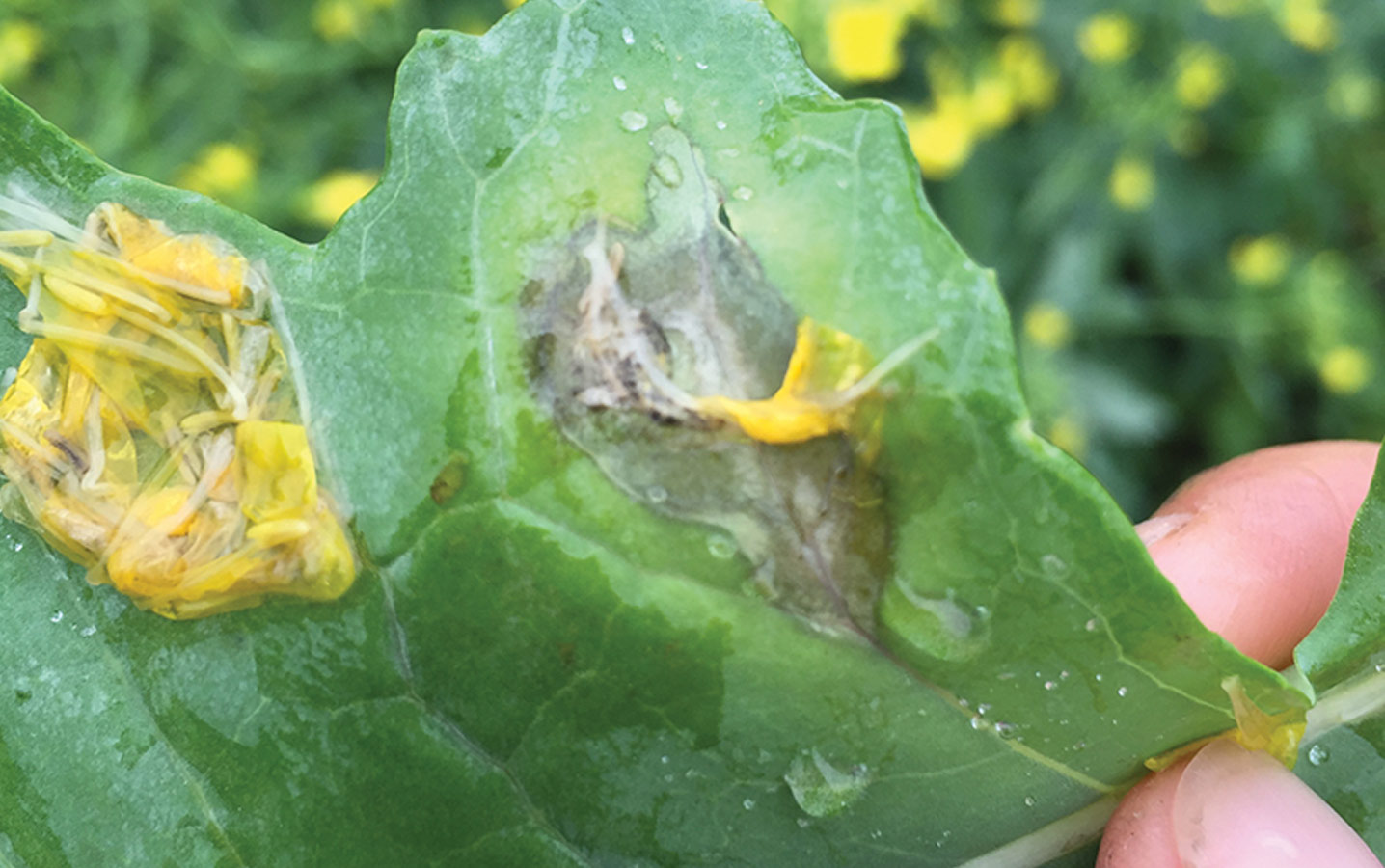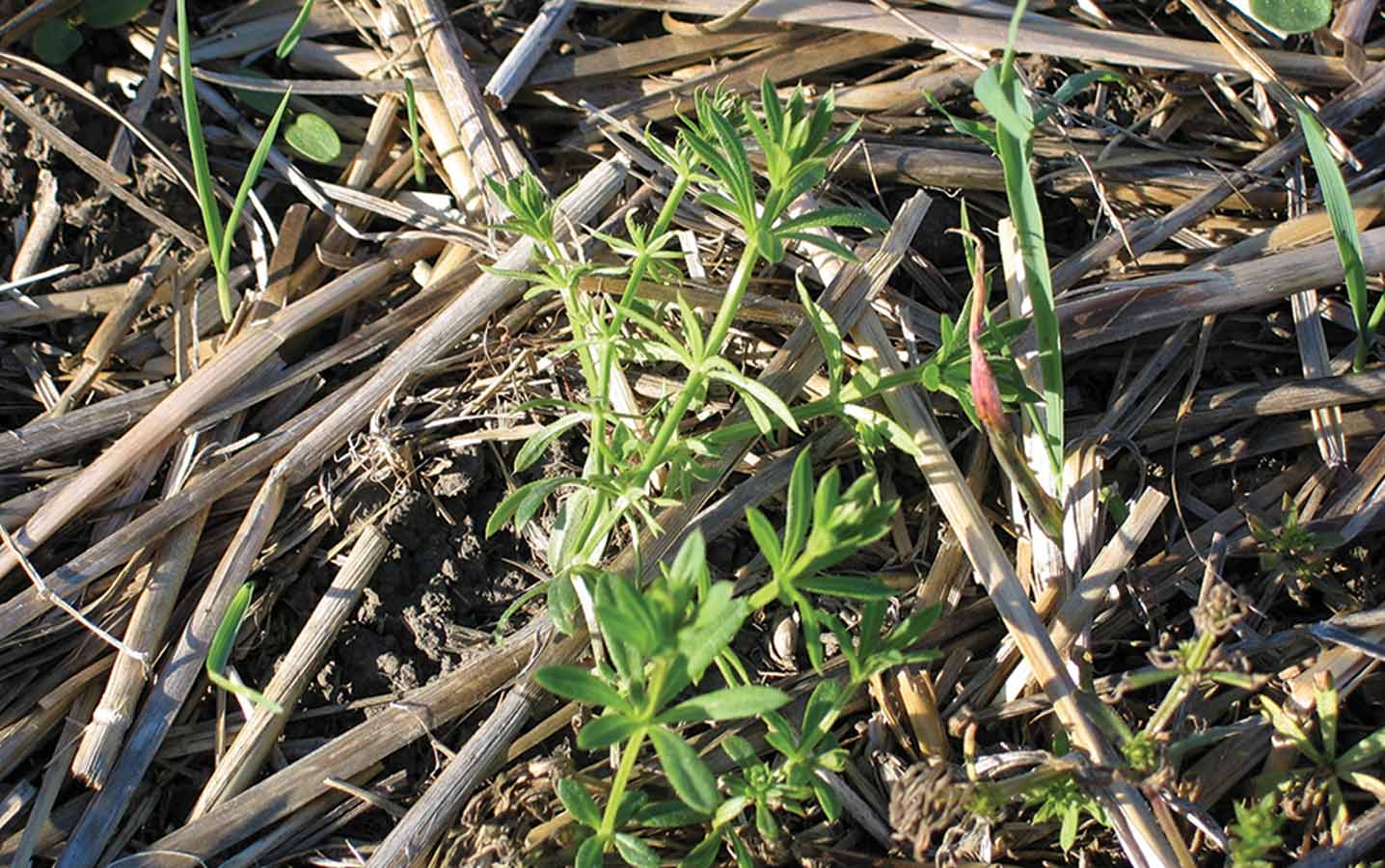Science
Economize on fungicide through rapid detection of sclerotinia

Key Result: Sclerotinia stem rot, caused by Sclerotinia sclerotiorum, is commonly managed by routine application of fungicides, typically without any indication of disease risk. Through this study, a quantitative polymerase chain reaction (qPCR)-based assay was developed to measure S. sclerotiorum DNA in canola petals, enabling rapid and accurate estimates of infestation levels when timely fungicide...
Read More





